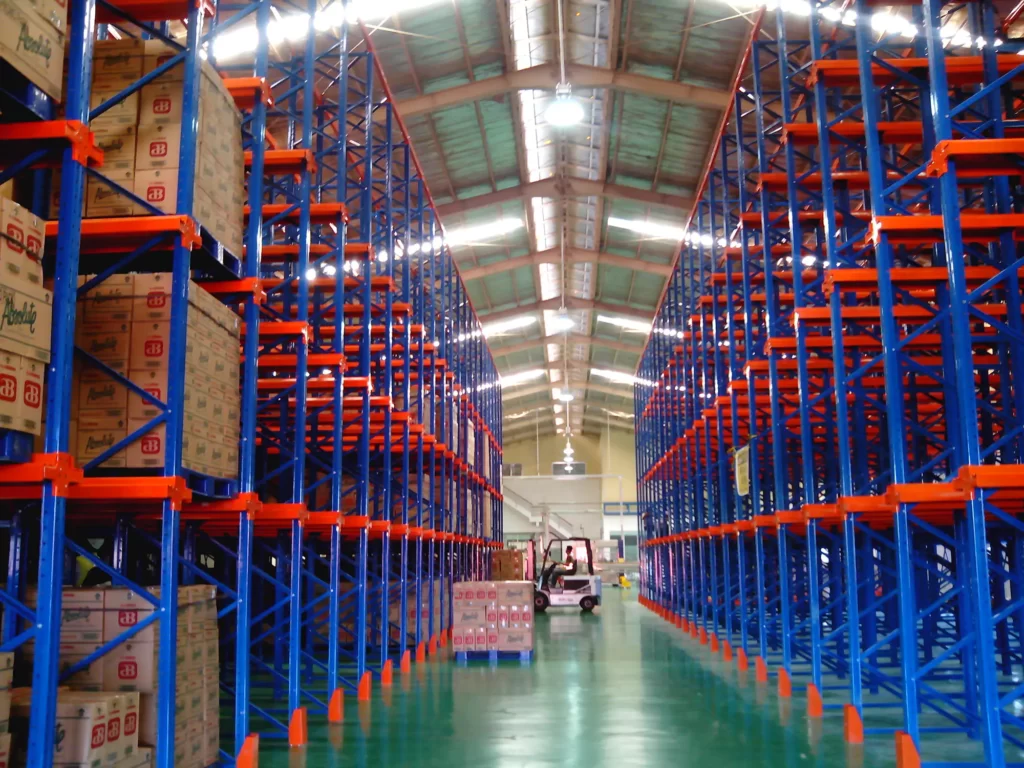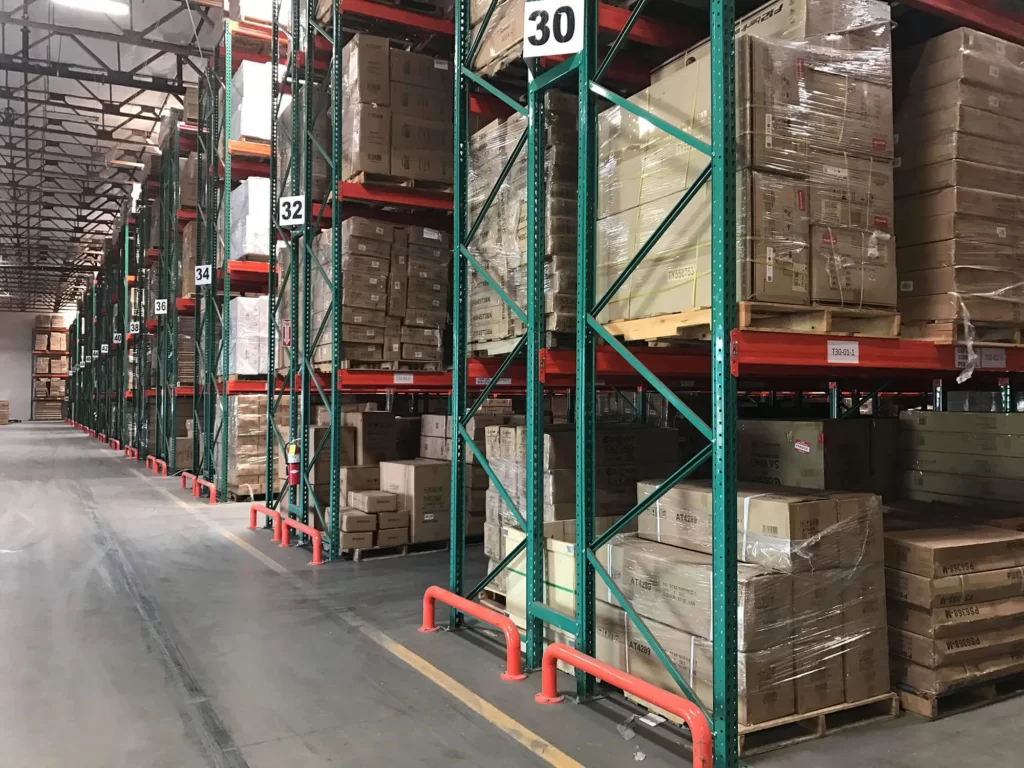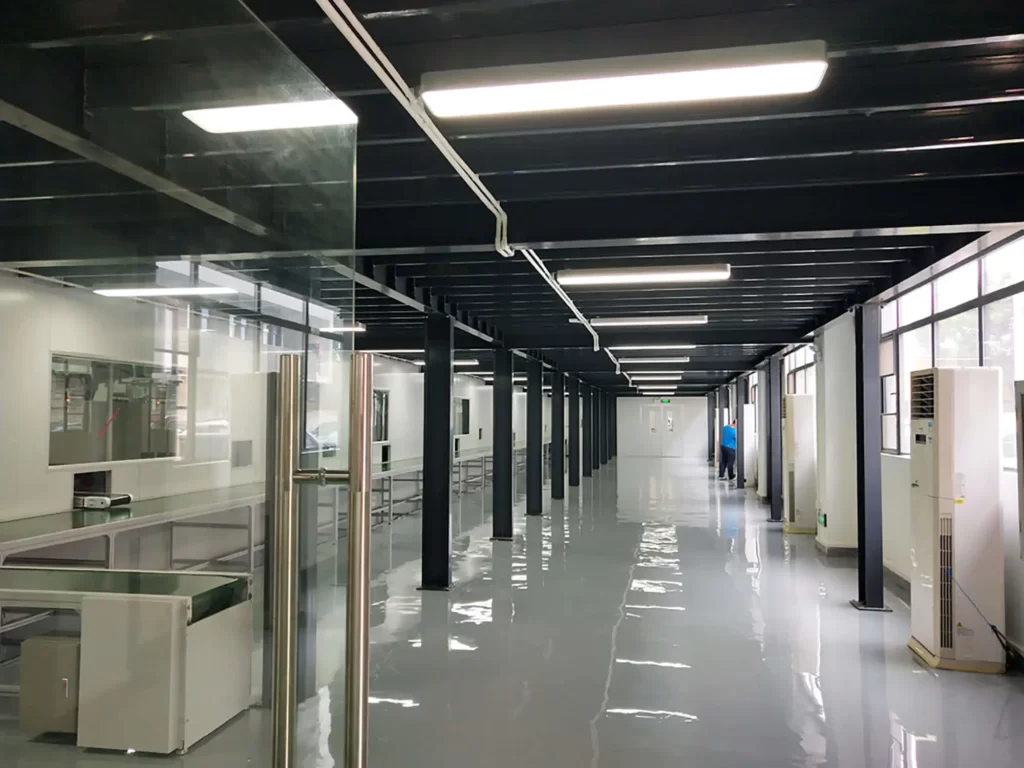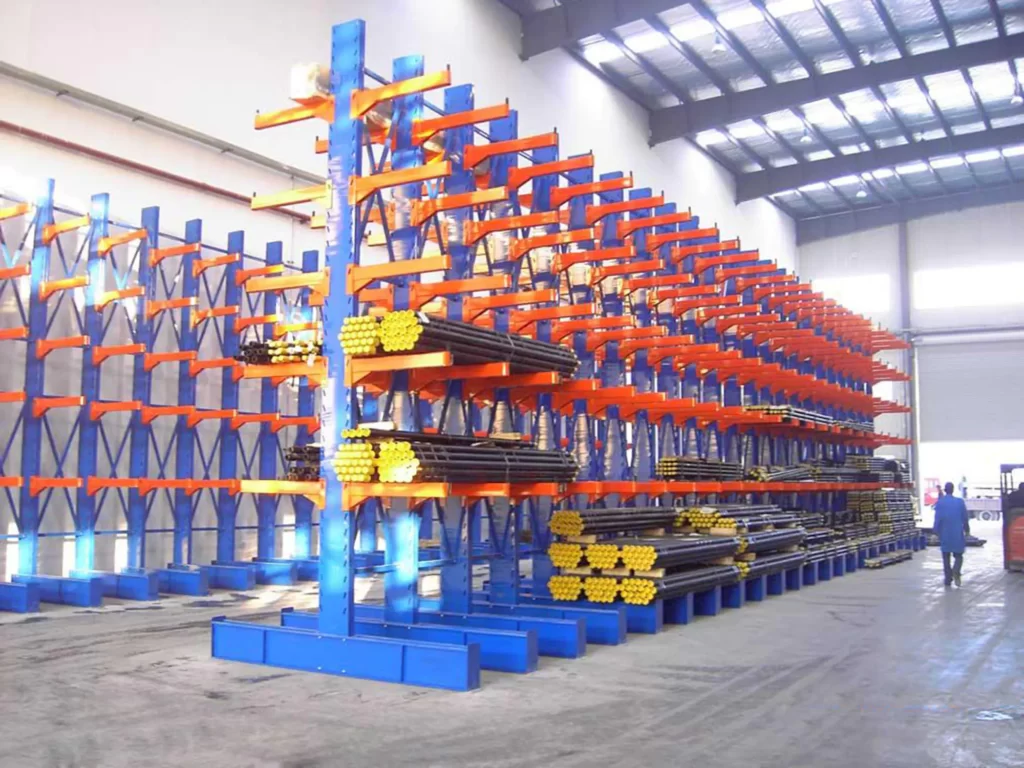It is a common dilemma with warehouse owners of the best suited storage racks between mold and die racks considering many different factors. Typically, mold and die racks have different components that may make them appear similar. It stresses the importance of knowing everything about these storage racks. You need to know their core features, components, storage capacity, cost, merits and demerits and how to use these storage racks. In the end, this article will serve as a guide to pick the type of racks best suited for your warehouse needs.
Understanding Mold and Die Storage Racking Systems
If you run a production factory that uses injection molds, forming dies, molding dies, die casting molds, hardware molds and other types of equipment used in production factories, then it is of utmost importance that you use mold racks or die racks. These equipment are heavy and their shapes make it awkward to store them in regular palletized storage racks. Thus, you need a specialized kind of equipment that is structured to hold these equipment and effectively optimize your warehouse floors. You then get more storage space and also more floor space to use for other things in the warehouse.
Key Components of Mold vs Die Racks
As has been stated, Mold racks and die racks must have sturdy structures in order to store the molds and dies. The structures also need to be specialized for the type of mild and die, you want to store. This necessitates the need for you to know of the key components that make up mold racks and die racks. This will help you in picking the highest quality racks for your molds and die storage. Let’s go over these components one after the other.
Mold Racks Key Components
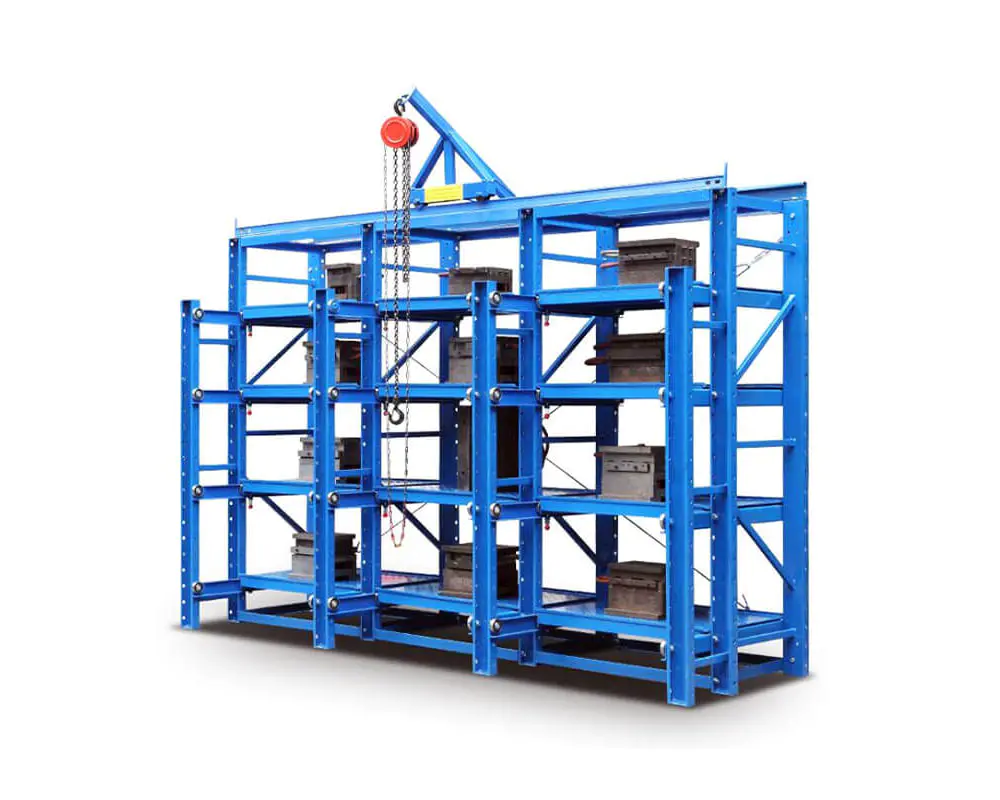
Mold racks are a simple structure that consists mainly of columns, drawer panels, top cranes and guide rails. They are made from cold rolled steel for them to withstand heavy duty molds and give them a sturdy structure. The entire components of mild racks are simple and flexible which makes them easy to transport and install. They can also be customized in accordance with the type of mild and the density of the load you are storing. Let’s take a look at these components one after the other.
- Columns: Columns are the horizontal structural frame of the mold racks. They are made from steel and are the support system of the racks. They are the parts that hold the drawer panels on which the molds are placed. They can reach any height as long as your warehouse floor permits it.
- Drawer panel: The drawer panels are connected firmly to the columns. They are also made of steel. The structure of the drawer panels is that of a shelf on which you place the moulds for storage. You can extend them out at least 60 percent of the rack structure.
- Top crane: In-mold racks without a chain pulley hoist, the top crane becomes the essential structure for pulling the racks. Thus, cranes give you access to the molds in the drawer. In some structures, the top cranes are shelves which you can use to store molds.
- Guide rails: Guide rails are found in the side structure of a mold rack. It allows for the ease in sliding in and out of the drawer panel.
- Anti-slip pins: This is one component you should look out for. This is because although it is not a core component, it is important to have it in your mold racks. It prevents the drawer panels from slipping off completely and also mitigates any unintentional accidents that might occur when using the mold racks.
Now that you know about the key components that make up mold racks, let us check out those of die racks.
Die Racks Key Components

You can easily store up dies in mold storage racks. This is because the structure of mold racks allow for that. Thus, the components of mold racks can easily be identifiable with those of die racks. However, die racks come with its own unique features. Although the basic design of mold and die racks are similar, there are some differences in components that you should take note of. Having established that, let’s take a look at the key components of die racks
- I-beam: This is like the upright column of the mold racks. The I-beams serve as the support system of the racks. The I-beam is made of steel and holds all other structures together. Also, just like mild racks, the heigh can go as long as your warehouse permits.
- Shelves: This is similar to the drawer panel of the mold racks. However, for die racks, the shelves can come in different variants. They can be desk plates, fork bars, open beams or drawer plates. They are extendable so when you want to store up your die, you draw them out and then push them back in.
- Brace: The brace holds the entire structure together. It connects the shelves with the I-beam.
Major Benefits of Mold and Die Racks
Mold and die racks have numerous benefits that are essential for warehouse optimization. Explained below are some of the major benefits of mold and die racks
Ensures warehouse optimization: The dream of every warehouse owner is to achieve the maximum optimization of the warehouse floor space. Mold and dies constitute a big headache for most factories and warehouse owners. This is because they are heavy, bulky and awkward. You cannot store them in regular palletized racking or shelving. Their size and shape makes it difficult to also store them on the warehouse floor. Two things are the problems when you store them on the floor. Either they take up a large chunk of space or they constitute a health hazard in the warehouse. However, with mold and die racks, you eliminate this fear, store up these equipment and then free up a large area for other purposes. The ease of use and the fact that they do not require much warehouse floor space makes them the perfect storage racking for molds and dies and achieve optimization.
Warehouse safety: As mentioned above, storing molds and dies on the floor is hazardous. If you store them improperly, an employee might knock them over or trip over it. To ensure the safety of all employees, having mold racks and die racks is important. More so, Mold racks have safety components that make them high and safe to use by warehouse employees.
Reduced rate of damage to the mold and dies: When moulds and dies are not stored properly, they may start to develop faults due to rust or the unsuitable condition of the floor. More so, when there is occasional shifting from one place to the other or incessant tripping over of the equipment by employees, then the moulds and dies becomes susceptible to damage. However, with mold and die racks, you get to reduce damage to the barest minimum and gives you an organized storage structure for your moulds and dies.
High storage capacity: Moulds and dies have high storage capacity due to the high quality material they are made from. They can carry high density materials which regular racking may not hold.
Ability to configure to your need: The ability to configure mold and die racks to your changing needs makes them a huge beneficial addition to the warehouse floor. Depending on the type of mold or die you want to store, you can adjust the racks to fit into that exact type, size and shape.
Ease of accessibility: You can easily access your molds and dies without having to worry about moving different loads just to access these equipment. This also saves you a whole lot of time and improves your overall work efficiency.
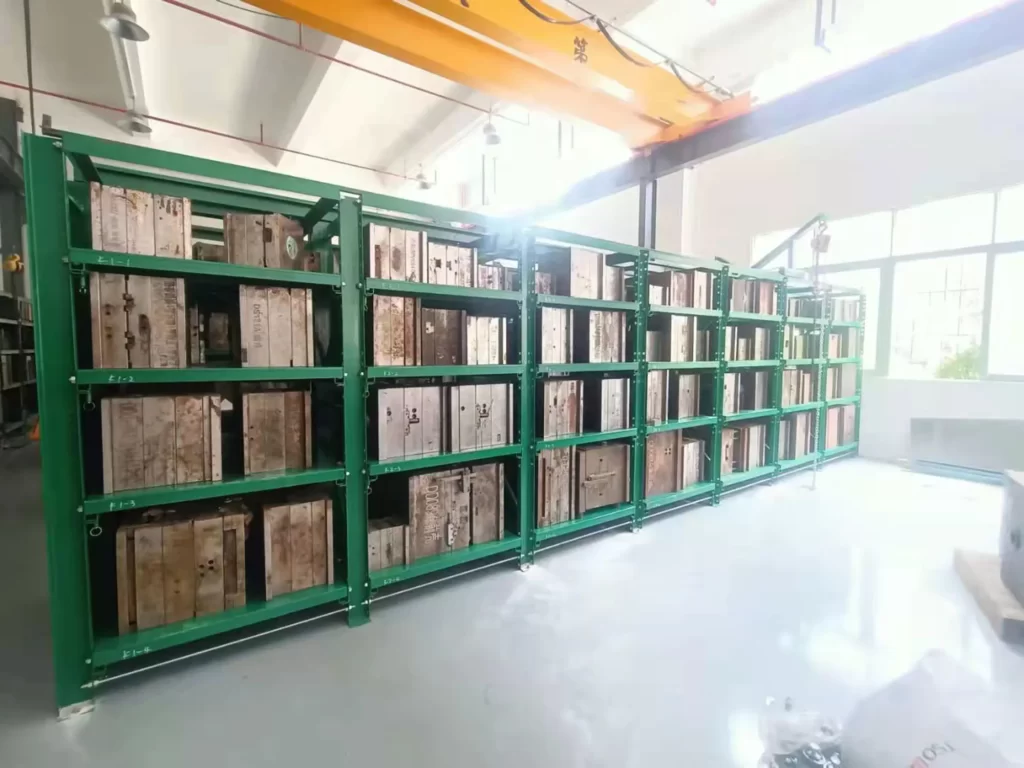
Storage and Health Safety Tips For Mold and Die Racks
Although mold and die racks have high storage capacity, most warehouse accidents relating to mold and die racks are caused by excessive storage of equipment on the racks. You should ensure to know the load capacity of the rack when you purchase it and ensure that you do not exceed that load capacity per drawer.
Although you may store more than one mold or die on a drawer panel, you should first be mindful of the type of mold and die you are storing. For example, you should know that injection molds are heavy duty equipment which means you should only store one per drawer. On the other hand, hardware molds are lightweight and so you can store more than one of them per drawer. Your understanding of these different weights, shapes and sizes will help you reduce any case of accident when using your mold or die racks.
Mold Racks vs Die Racks
Let’s catch up on the differences and similarities of mild racks and die racks. The table below provides a run down of the differences and similarities of mold racks and die racks.
| Feature | Mold Rack | Die Rack |
| Flexibility | Easily adjustable and customizable | Easily adjustable and customizable |
| Versatility | Can serve as storage for equipment such as mold | Their shelves can hold any type bulky and awkward materials |
| Cost | More expensive than a die rack | Cost-effective |
| Storage equipment | Requires the use of pulley hoist chains or transport carts | Requires the use of forklifts or a die retrieval equipment |
| Safety | Have anti-slip pins and braces in the drawer panel structure to prevent unintentional accidents | Prevents accidents on warehouse floor due to its compact and organised storage structure |
| Production materials | Cold rolled steel | Cold rolled steel |
| Storage capacity | 1000kg – 6000 kg per drawer panel | 500kg – 3000 kg per shelf |
Questions to Consider When Choosing Mold Racks or Die Racks
With all that has been discussed so far, it is pertinent to end this guide with vital tips on different factors to consider when you want to choose between Mold racks and die racks. Your understanding of these factors will help you pick the best type of racking for you warehouse needs. It will also help speed up your selection process. Let’s check out these factors based on the following questions
#1: What Type of Equipment Are You Storing?
This is the first question you should ask yourself. Naturally, If you want to store mold of standard shapes, then you should go for Mold racks. On the other hand, If the die you want to store are non-standard or large in size, then you should go for die racks. However, if you are not storing any of this equipment but other type of equipment, then you have to consider their size, shape and density in proportion to the mold or die of the initial configuration of the structure.
#2: What Is the Storage Capacity?
This is the next question you should ask yourself. The storage capacity also influences your choice of rack especially if you are not storing molds or racks but closely related equipment. You should know the storage capacity of your rack and then the density of the equipment you want to store. For example, molds have high storage capacity per drawer panel. Heavy duty mold racks can hold about 6000 kg per drawer. So, if you are storing equipment of about 5000 kg you should not go for a 3000kg die. You stand a risk of structural collapse. Also, you should ensure you find out the weight of your mold or die before purchasing a rack structure.
#3: Which of the Racking Systems Is Easily Accessible?
It is important for you to consider which of the racking systems is easily accessible and will save you time. This will increase work efficiency and productivity in the warehouse. You may require the use of forklifts to access top shelves of die racks while you only need pulley hoist chains or transport carts for molds. You need to weigh which is faster, and select the rack that makes work easier and is easily accessible.
Conclusion
For manufacturing industries, especially plastic, steel and metal factories, having mold and die racks is extremely important. It is the best solution in ensuring the safety of employees and protecting your equipment from damage. If you are into making plastic chairs, plastic buckets, bins, steel auto parts, then mold and die racks is a must-have.
What this article has done is provide a comprehensive guide that informs you on everything you need to know about mold and die racks. It highlights the key components of the racks, the core features, the major benefits, and how to use them. Putting all these into consideration, you may then select your choice of rack with ease like an expert.




